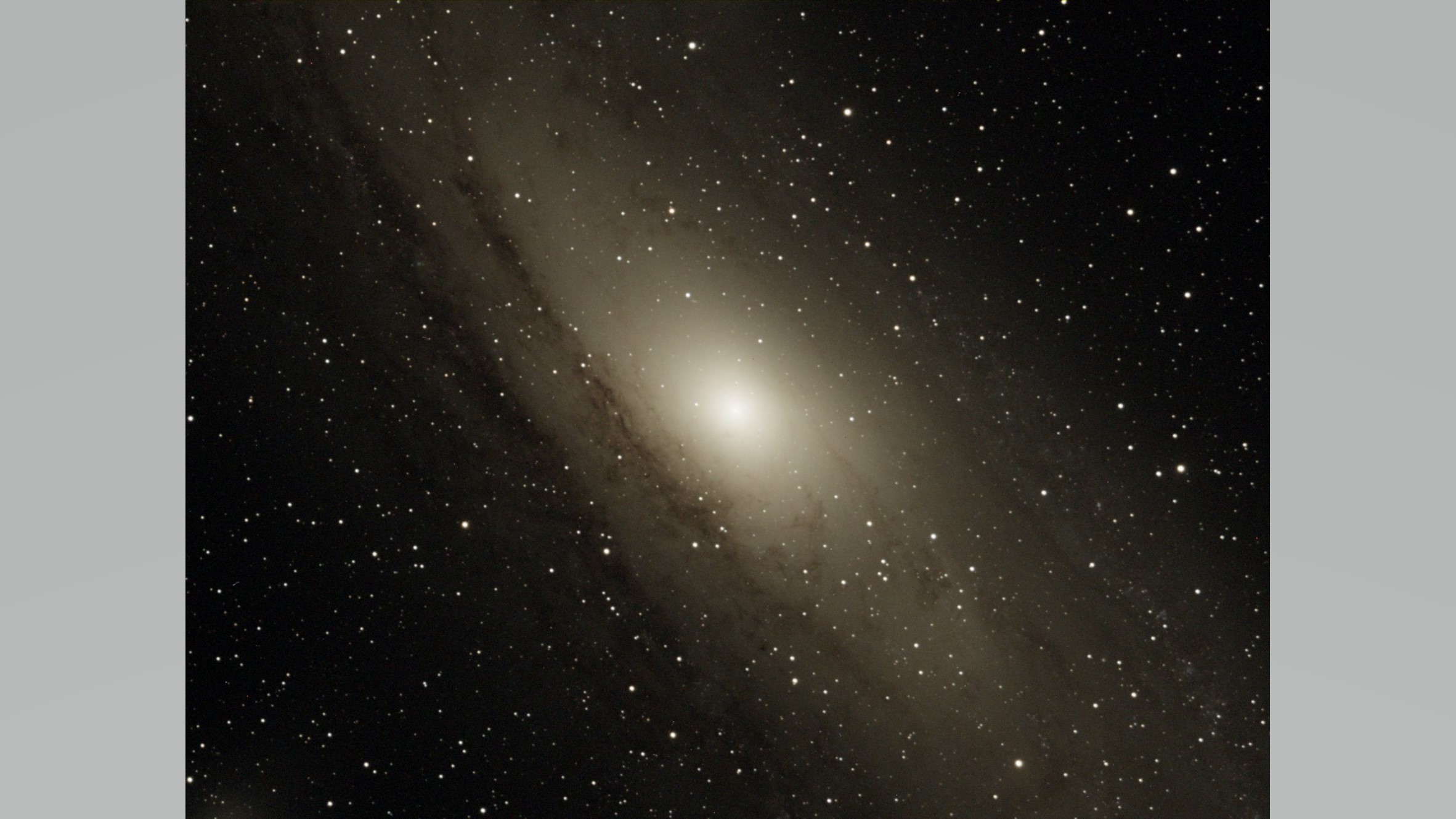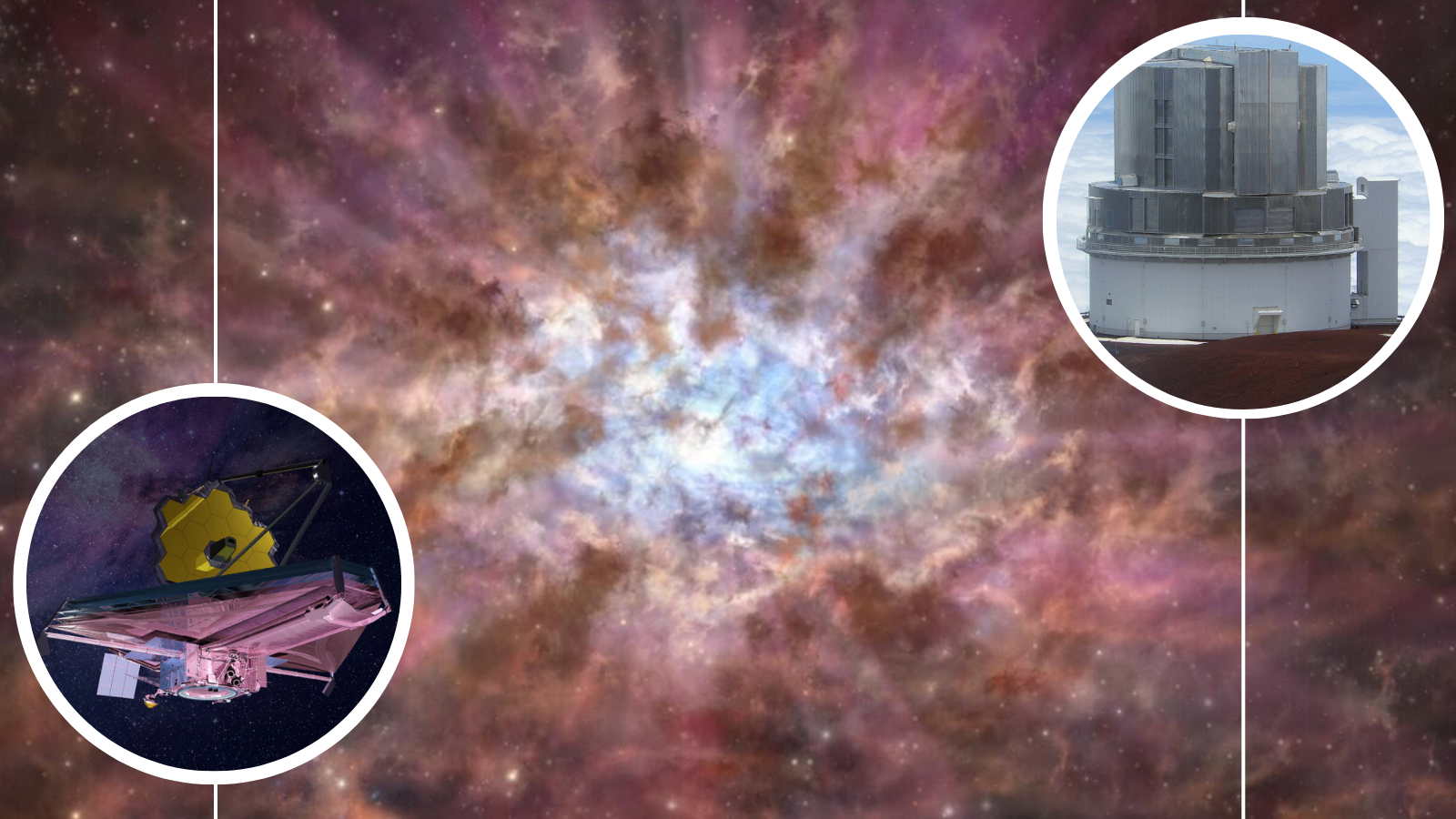Andromeda galaxy bears scars of a catastrophic collision
Astronomers found the telltale signs of the crash by studying the composition and motion of hundreds of stars in the galaxy.

Astronomers have traced the violent and catastrophic evolution of Andromeda, our nearest galactic neighbor, by analyzing the makeup and motion of more than 500 stars within the nearby galaxy.
Located 2.5 million light-years from Earth, Andromeda is the closest large neighbor to our galaxy, the Milky Way. It is thought to have had a number of interactions with other galaxies and globular clusters, forming structures such as Andromeda's Giant Stellar Stream.
In recent work, researchers identified the distinct chemical compositions and movements of 556 red giant branch stars in a region of Andromeda called the Northeast shelf.
Related: When galaxies collide! Gorgeous Hubble photo gives glimpse of Milky Way's fate
The team concluded that the shelf is a tidal feature — a stream of stars and material — formed by gravitational interactions with another galaxy and that it consists mostly of debris from the aftermath of this cosmic collision.
"The remnants of each crash can be identified by studying the movement of the stars and their chemical compositions," Ivanna Escala, a postdoctoral researcher at Carnegie Observatories in Pasadena, California, who participated in the new work, said in a statement.
"Together this information serves as a kind of fingerprint that identifies stars that joined a galaxy in a collision," she added.
Breaking space news, the latest updates on rocket launches, skywatching events and more!
Studying these streams of material can help scientists understand how a galaxy gains more material and may reveal the history, appearance and composition of the galaxy and its surrounding features, the researchers hope.
The results were presented June 13 at the meeting of the American Astronomical Society held in California.
Follow us on Twitter @Spacedotcom and on Facebook.
Join our Space Forums to keep talking space on the latest missions, night sky and more! And if you have a news tip, correction or comment, let us know at: community@space.com.

Andrew is a freelance space journalist with a focus on reporting on China's rapidly growing space sector. He began writing for Space.com in 2019 and writes for SpaceNews, IEEE Spectrum, National Geographic, Sky & Telescope, New Scientist and others. Andrew first caught the space bug when, as a youngster, he saw Voyager images of other worlds in our solar system for the first time. Away from space, Andrew enjoys trail running in the forests of Finland. You can follow him on Twitter @AJ_FI.
